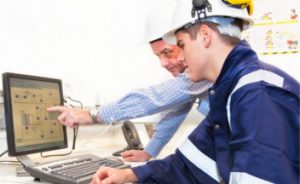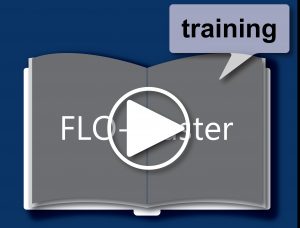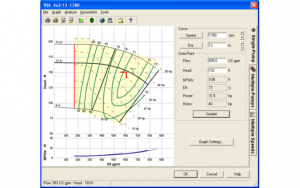Learn how to model piping systems with FLO-Master Training.
When: January 23-24, 2018
Where: Seattle / Renton, Washington (Click here for the Webinar or learn about on-site training at your facility)
FLO-Master Training provides attendees with a detailed understanding of how to model piping systems using PIPE-FLO® Professional. By learning the key elements involved in simulating the behavior and interaction of pipelines, pumps, components and controls throughout the system, participants will gain a greater knowledge of piping system devices and how they work together as a complete system.
During the FLO-Master Training, instructors demonstrate a comprehensive step-by-step approach to using PIPE-FLO® which covers features, tips, and tools that are not available through the basic program tutorial.
After attending a FLO-Master Training session, attendees will be able to build PIPE-FLO® system models faster, tackle the most complex fluid piping projects, and create and optimize piping systems for efficient operation, maintenance and use of capital.
Who should attend?
FLO-Master Trainings are ideal for those using the PIPE-FLO® Professional program to design, build, operate, and maintain fluid piping systems. Both new and experienced PIPE-FLO® Professional users will gain from this class because it covers everything from piping system operation to a comprehensive exploration of the PIPE-FLO® software.
Course Objectives
Attendees will learn how to:
- Build a PIPE-FLO® Professional piping system model in less time
- Use fluid flow theory to gain an understanding of the total piping system
- Maximize the use of PIPE-FLO® Professional’s program features and increase productivity while decreasing capital, maintenance, and operating costs
Course Topics
- PIPE-FLO® Professional User Interface
- Building a Piping System Model
- Calculations
- Model Validation
- Using Lineups to Model Different Operating Scenarios
- Modeling Engineering Designs and System Modifications
- Importing and Exporting Piping System Data
- Designing Modifications and Troubleshooting Piping Systems




Comments